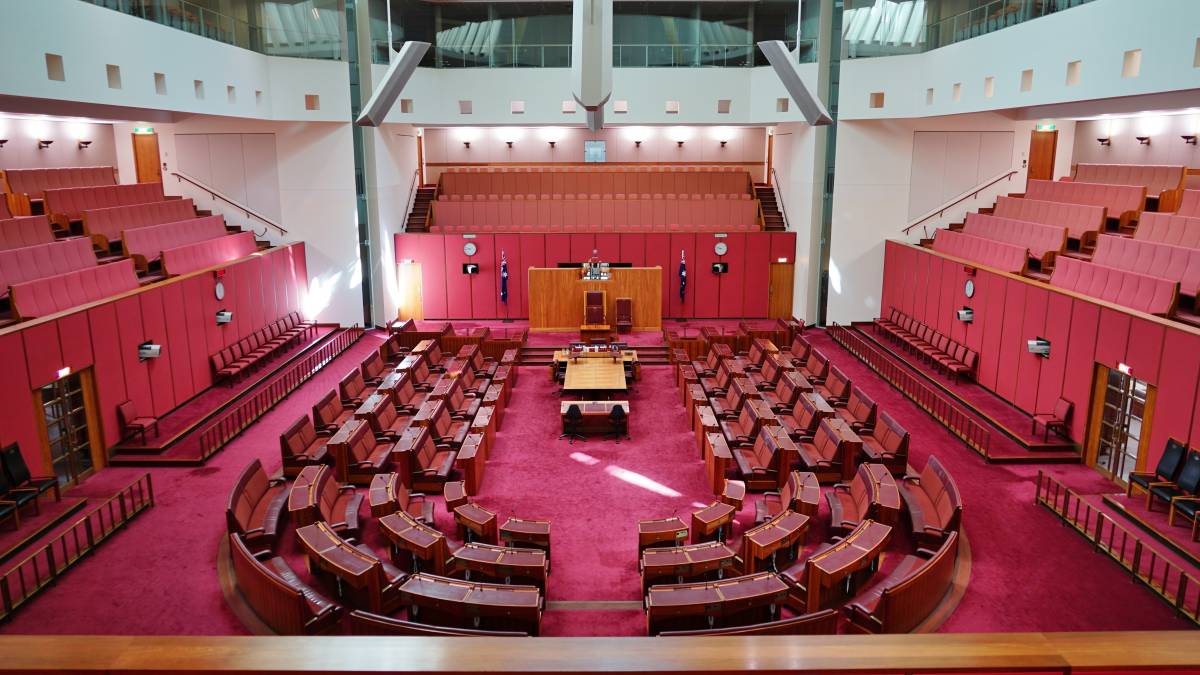Senate preferences distributed across four jurisdictions
Buttons have been pressed to electronically distribute preferences for the Senate in Victoria, the ACT, Queensland, and Western Australia. Labor has gained a Senate seat from the Liberals in Victoria, marking a notable shift since the last time these seats were contested in 2019. In Victoria, Labor now holds three of the six available Senate seats, the Coalition two, and the Greens one—a net gain for the progressive bloc.
Left-wing parties secure majority in Victoria
This result reflects a 4–2 split in Victoria favoring left-wing parties, changing the state’s upper house landscape. The system of proportional representation used for these elections assigns Senate seats based on quotas—14.3% for states and 33.3% for territories. The final primary votes in Victoria had Labor at 2.43 quotas, the Coalition at 2.20, and the Greens at 0.87. Smaller parties like One Nation, Legalise Cannabis, and Family First captured less than a third of a quota each.
Preference flows key to Labor’s third seat
Through preference distribution, Labor’s third candidate edged out One Nation, winning 0.87 quotas to One Nation’s 0.81. At an earlier stage, One Nation led Labor, but preferences from Legalise Cannabis turned the tide. Legalise Cannabis voters flowed 42% to Labor and only 19% to One Nation, tipping the balance in Labor’s favor. This resulted in a surprising comeback for Michelle Ananda-Rajah, previously the Labor MP for Higgins before its abolition in a redistribution.
Unusual outcome boosts Labor’s presence in Victoria
Victoria’s results underscore a rare occurrence: typically, Labor and the Greens split three seats between them. Ananda-Rajah’s return to Parliament in the Senate is unexpected but emblematic of Labor’s broader gains.
One Nation gains WA Senate seat from Liberals
In Western Australia, the Senate race concluded with two seats each for Labor and the Liberals, one for the Greens, and one for One Nation. This outcome represents a One Nation gain from the Liberals, further reflecting shifts in conservative voter preferences. Labor earned 2.53 quotas, with the Liberals trailing at 1.86 and One Nation at 0.41. Late modeling adjustments projected One Nation’s success due to stronger preference flows from Coalition voters in other states.
Labor’s recovery in Queensland Senate
Queensland also delivered critical wins for Labor, securing two Senate seats alongside the LNP’s two, the Greens’ one, and One Nation’s one. Compared to Labor’s 2019 loss—where they won only one seat—this marks a significant recovery. Final vote quotas stood at 2.17 for the LNP, 2.13 for Labor, and 0.50 for One Nation. These figures indicate a close race, yet preference distributions solidified Labor’s second seat.
ACT Senate results remain unchanged
The ACT remained unchanged, with left-wing Independent David Pocock and Labor re-elected. Pocock achieved 1.17 quotas and Labor 0.95, while the Liberals managed only 0.53. With the Greens at 0.23, Labor crossed the quota threshold after the exclusion of Pocock’s second candidate.
Labor widens national two-party lead
On the national scale, Labor’s two-party preferred vote has surged to 55.6–44.4 over the Coalition. This represents a sizable lead, especially in the context of “non-classic” seats—electorates where the final two candidates were not from Labor and the Coalition. These seats required a special two-party count, which has now mostly been completed.
Final counts boost Labor beyond projections
Initial projections showed a smaller lead—54.6% from The Poll Bludger and 55.0% from the ABC, but updated counts have pushed Labor’s advantage higher. Though remaining uncounted or partially counted seats may narrow the margin slightly, Labor is poised to retain a commanding two-party margin of about 55.4–44.6.
Labor sees strong swings in non-classic electorates
Non-classic seats displayed higher swings to Labor, such as in Wills, where they narrowly beat the Greens 51.4–48.6. However, the two-party count against the Liberals was a staggering 80.9–19.1 in Labor’s favor. These shifts imply that Labor’s appeal in diverse electorates has strengthened, particularly where progressive parties dominate.
Pre-election polling widely missed Labor’s surge
This dominant performance casts doubt on pre-election polls, most of which underestimated Labor’s final vote share. Only one poll, by Morgan two weeks before the election, accurately predicted a 55.5–44.5 result. Unfortunately, Morgan’s subsequent polls shifted to align with an incorrect consensus, highlighting polling inaccuracies once more.
Recounts underway in Bradfield and Goldstein
Two critical recounts are currently underway, both in tightly contested lower house seats. In Bradfield, the Liberal candidate is ahead of Teal challenger Nicolette Boele by just five votes after four days of recounting. In Goldstein, Liberal Tim Wilson leads Teal incumbent Zoe Daniel by 259 votes, virtually unchanged from his 260-vote margin after preference distributions. Barring major counting errors, Wilson is expected to hold the seat.
Labor’s gains signal a political turning point
Labor’s Senate wins in Victoria and Queensland and the national two-party surge signify a transformative moment in Australian federal politics. As button presses continue and final results are confirmed, Labor is well-positioned for broader influence in both chambers of Parliament.







